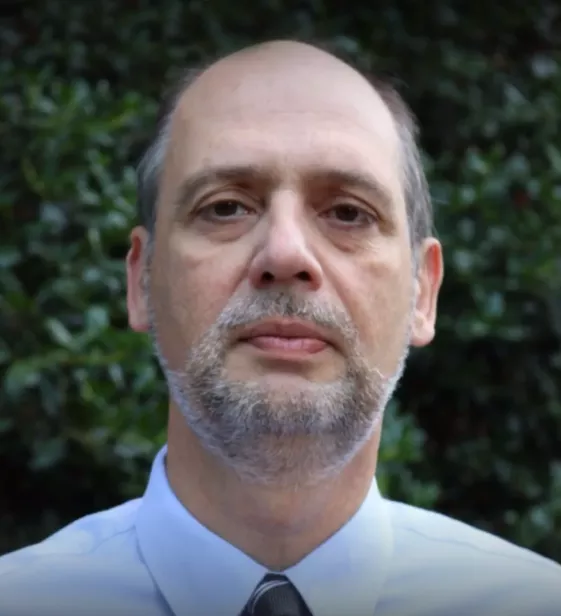This talk will discuss the radiation environment in Earth’s magnetosphere which impacts humans in space and satellite electronics. Solar energetic particles coming from solar flares as well as other cosmic rays from distant stars and other parts of the galaxy are important elements of this environment. A second major source is the Earth’s radiation belts, whose energetic electrons and other particles can damage spacecraft components. The most energetic particles, typically from solar sources, have health effects on astronauts in the Space Station, space tourists, and airline crews on polar routes.
NOAA continuously monitors radiation levels and other space weather conditions. The agency issues watches, warnings, and alerts based on environmental measurements and numerical weather prediction models. New missions and instruments, such as the GOES-U satellite, to be launched in 2024, and the SWFO-L1 spacecraft in 2025, will be important in providing continuous streams of solar imagery and particle measurements relevant to forecasting these space weather effects.
Presentation
Presenter
Dr. Dimitrios Vassiliadis

Dimitrios Vassiliadis earned his Ph.D. in space physics at the University of Maryland, College Park and was a postdoc at the NASA/Goddard Space Flight Center. There, he worked on magnetospheric dynamics and space weather effects as well as developed predictive models based on data from spacecraft such as ACE, WIND, SAMPEX, POLAR, etc., and ground magnetometers and other systems.
He then taught physics, astronomy, and other subjects in academia where he worked with graduate and undergraduate students on space physics and aerospace engineering projects such as cubesat and sounding-rocket payloads. Since joining NOAA/NESDIS, he has been active in the Space Weather Follow On (SWFO) and Space Weather Next (SW Next) programs, and other flight projects.
